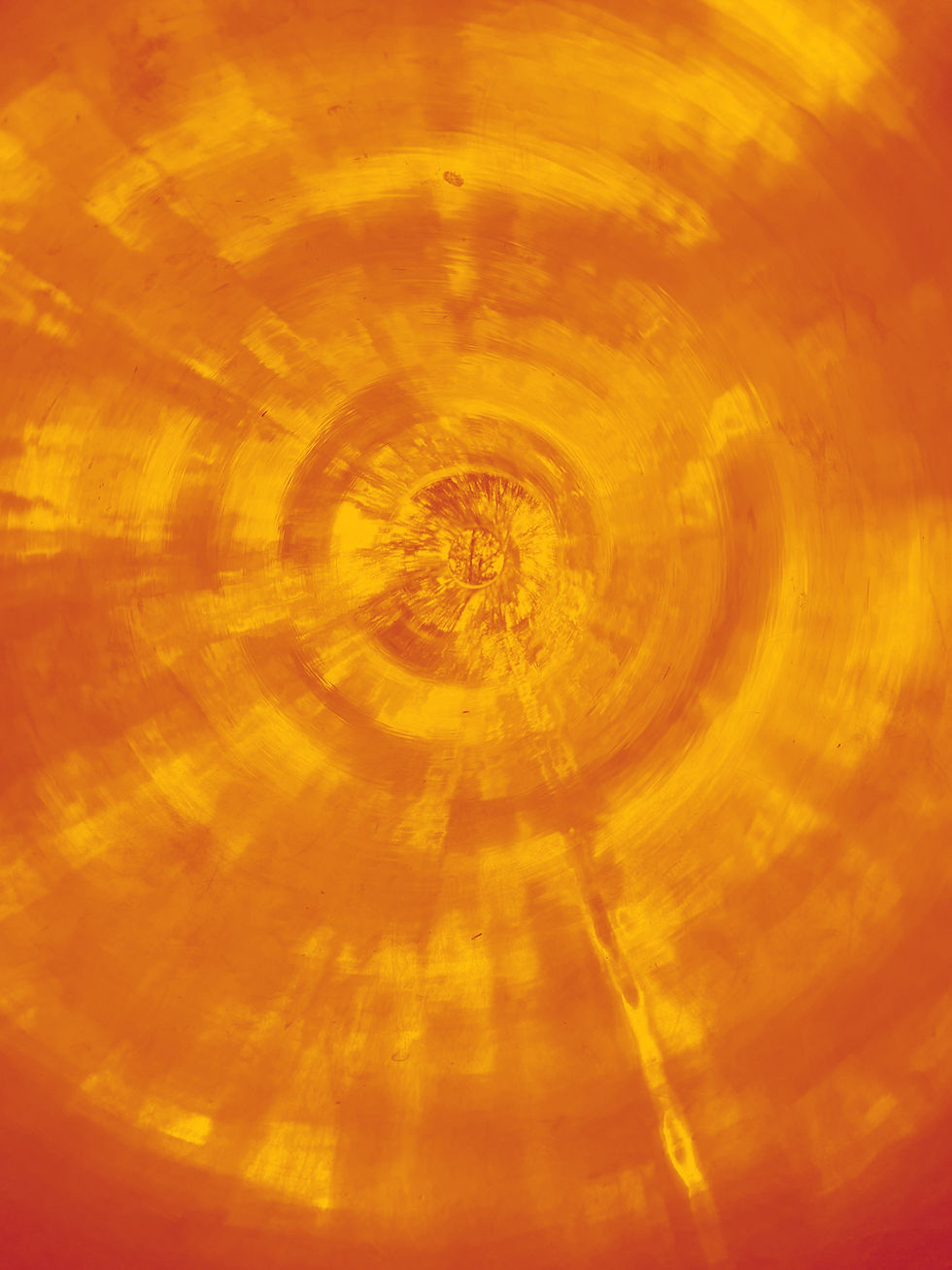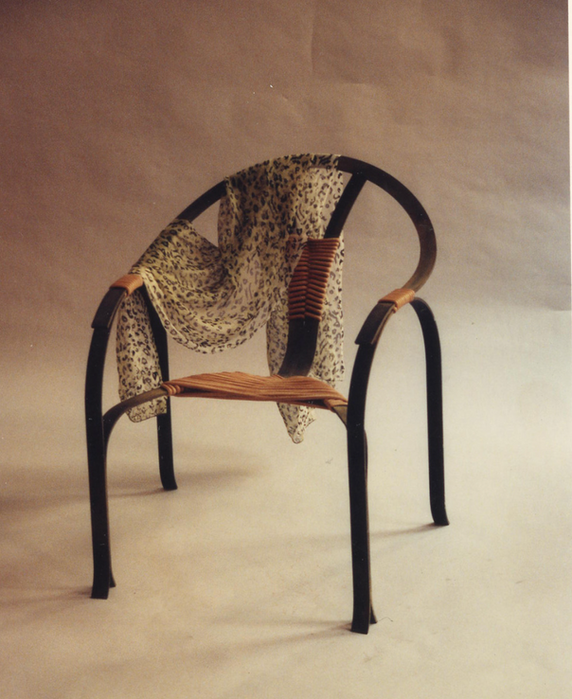Creative Practice
As an educator, entrepreneur, and creative practitioner, I have long understood that making is not just about producing objects or merely a mode of expression, but a vital way of thinking and learning. So I continue to explore haptic making as a process of inquiry and reflection. Working through touch, materiality, and visual synthesis, I engage in a form of embodied learning that informs every aspect of my pedagogy and professional practice.
At the core of my approach is the belief that haptic learning—learning through tactile engagement and physical making—is essential to our understanding of the world. Recent neuroscience underscores this, showing that hands-on creative processes activate sensory-motor circuits in the brain, enhance neuroplasticity, and improve cognitive flexibility. This type of learning integrates emotional, sensory, and intellectual inputs, producing a deeper, more connected form of knowledge.
In higher education, I bring these insights into the classroom, encouraging students to think with their hands as well as their minds. Making becomes a critical discovery, where visual synthesis and material exploration lead to pattern recognition, conceptual breakthroughs, and collaborative innovation. In this way, studio practice becomes more than a method—it becomes a means of systems literacy.
Understanding how things are made helps us understand how systems function. From products and services to institutions and infrastructures, everything we interact with has been designed. By engaging in creative practice, students and professionals alike develop the capacity to see relationships, interpret feedback loops, and design with awareness of complexity. This is essential for building and intervening in the complex adaptive systems that shape our world—from ecosystems to economies.
My creative practice sustains my work in entrepreneurship and innovation. It provides a space for play, experimentation, and failure—ingredients not just for artistic growth, but for leadership and resilience. In a world where change is constant, maintaining a studio practice is a way of staying grounded, curious, and adaptable.
I advocate for creative practice not as a luxury, but as a necessity. It is a source of personal well-being, a path to lifelong learning, and a tool for more empathetic and effective collaboration. Creativity trains us to tolerate ambiguity, listen deeply, and make sense of complexity in ways that are intuitive, visual, and systemic.

.webp)

Cabinet of Artificial Curiosities: Future Artifacts | 2024-present
This exhibition foregrounds the work of artists who enfold time and space, positioning us in relationship to an “environment” that is shaped by cultural, spiritual, political, social, and intellectual forces.
Manly Art Gallery & Museum, Sydney, Australia
Art and Culture, Collective for Environmental Art & Design, MAG&M current exhibition

The Mind’s Eye
30” x 40” Photo print on glossy archival stock 1-5 series | March 2025



Art Furniture and Product Design between 1988-2017
As early as I can remember, I was creative. Making, constructing, drawing, and collecting objects, this has not changed in later life, it’s how I see the world and make sense of it.
Raised by a social and environmental activist, I developed a deep appreciation for equity and conservation.I was raised between Europe, the Middle-East and U.S. growing up in a multi-lingual household (my parents spoke seven languages.) My father was an engineer and my mother an epidemiologist deeply involved in research. Her social scientific lens on the world shaped how I perceived the cultures around me.
After undergrad (Parsons School of Design for Environmental Design) inspired by the Italian Arte Povera movement (Found Object Art), Futurism, social and environmental movements of the 1970’s thru 90’s, and thought leaders like Amory Lovins, Paul Hawkins, William McDonough, Peter Senge, and Doella Meadows, in the late 1980’s through the 2000’s my work reflected upon our culture of capitalism, built-in obsolescence and throw away society shaped my position, I emerged as an artist and architect in Soho and East Village of NYC. I started exhibiting in local galleries, group shows, and group installations. Working in mixed media such as welded recycled metals, glass, leather, mesh, glass and ceramic, pieces like Elroy and his Alter Ego were to symbolize the The Jetson’s son “Elroy” juxtaposed against “Elroy’s Alter Ego” a symbolic chair made of rusted rebars, reclaimed suede and semi-precious stones bezzled in copper symbolizing the dichotomy of our reality– the hope of sci-fi cartoons we grew up on, with the broken systems in our reality. I received a lot of press and was included in a book about the art furniture movement of the 90’s.The sculpture and art furniture were made out of found objects.
This pushed me to desire more impact.
SELECT EXHIBITIONS
2025
Manly Art Gallery and Museum, Sydney, Australia, Welcome to Wherever You Are group exhibition, June - August (catalog)
2019
Centennial Installation, Entrepreneurial Genome Project, The New School University
Center Event Café
1987 - 1994
Lord & Taylors Windows, NY Fifth Ave Windows - One Woman Show
Gallery 91, NY, Exhibiting Artist, Group show 91 Objects by 91 Designers
Gallery of Functional Art, Santa Monica, CA, Group Art Furniture Show
Fullscale Gallery, NY, Exhibiting Artist, Group Art Furniture Show
Archetype Gallery, NY, Exhibiting Artist, all group shows.
Nile Stones
A collection of bath accessories like soap dishes, vessels, and alabaster votives made in Egypt using reclaimed stone and marble from the building industry. I worked with local artisans, backing them to create their own artisan workshop.

Primaltech Hardware
Inspired by fossils and bones, tokens of what we’d leave behind at the turn of the millennium, this collection was meant to symbolize the impact of the Anthropocene. A line of decorative hardware in munz, a repurposed mix of bronzes, designed and manufactured to strict US EPA/OSHA standards.

Fetish Bath Accessories
Made in Germany and Peru out of FSC-certified woods, crystal, and metals.




































